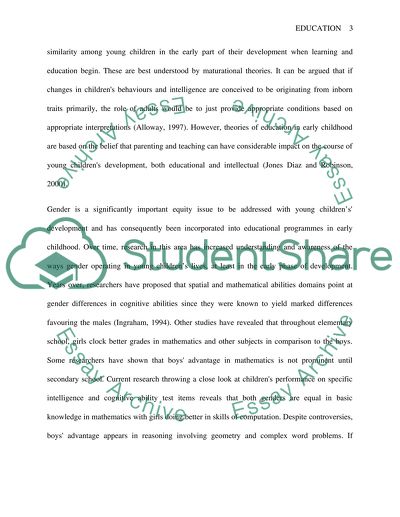Cite this document
(“Gender Differences in Intelligence Term Paper Example | Topics and Well Written Essays - 3500 words”, n.d.)
Gender Differences in Intelligence Term Paper Example | Topics and Well Written Essays - 3500 words. Retrieved from https://studentshare.org/education/1532416-gender-differences-in-intelligence-essay
Gender Differences in Intelligence Term Paper Example | Topics and Well Written Essays - 3500 words. Retrieved from https://studentshare.org/education/1532416-gender-differences-in-intelligence-essay
(Gender Differences in Intelligence Term Paper Example | Topics and Well Written Essays - 3500 Words)
Gender Differences in Intelligence Term Paper Example | Topics and Well Written Essays - 3500 Words. https://studentshare.org/education/1532416-gender-differences-in-intelligence-essay.
Gender Differences in Intelligence Term Paper Example | Topics and Well Written Essays - 3500 Words. https://studentshare.org/education/1532416-gender-differences-in-intelligence-essay.
“Gender Differences in Intelligence Term Paper Example | Topics and Well Written Essays - 3500 Words”, n.d. https://studentshare.org/education/1532416-gender-differences-in-intelligence-essay.


